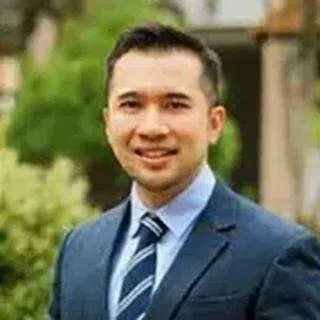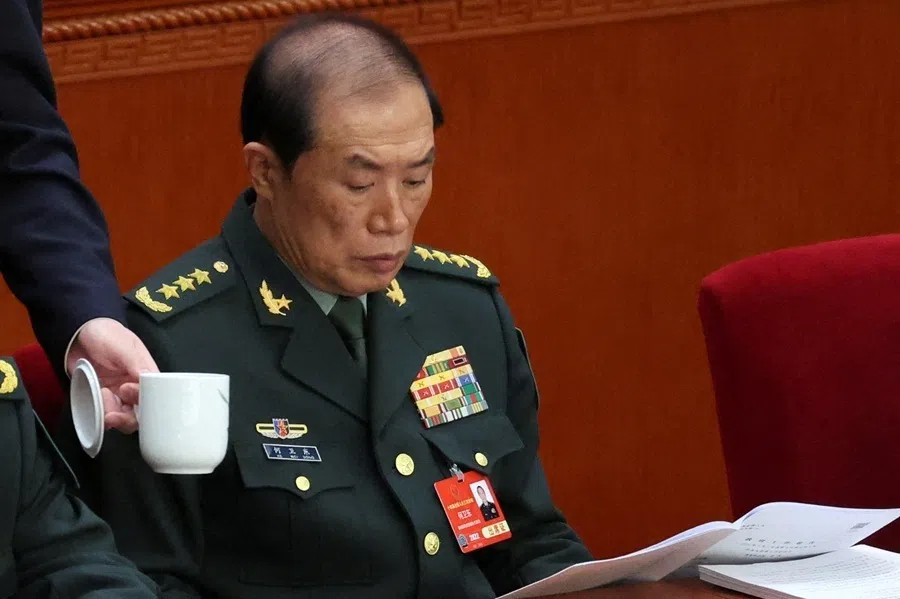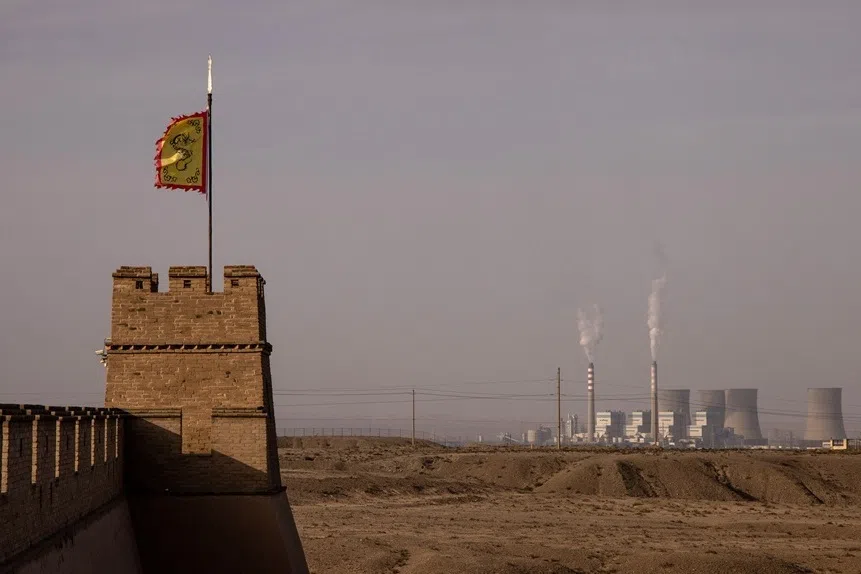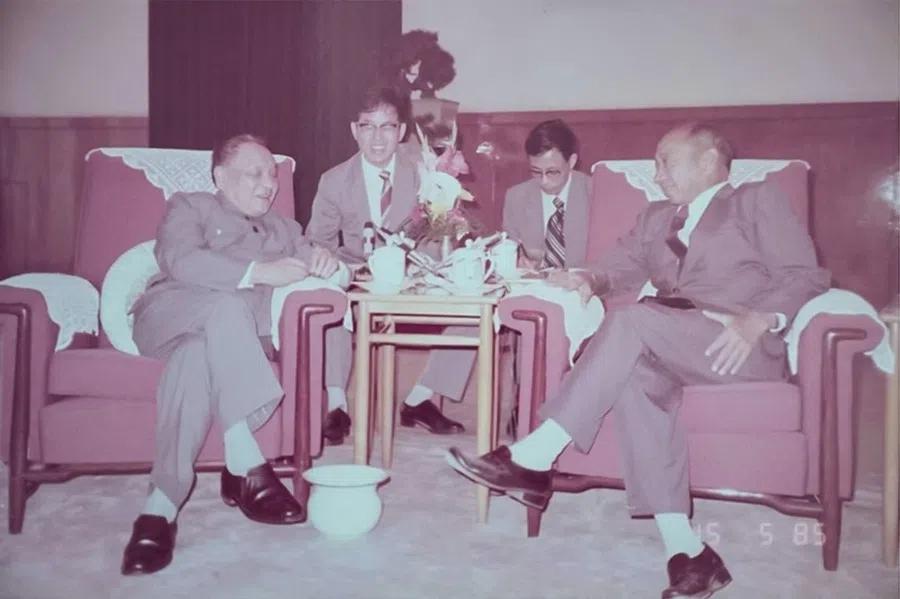Can China uphold the promises of diversity in the Global Civilisation Initiative?
China's Global Civilisation Initiative (GCI) claims to promote inclusivity and cultural diversity. A litmus test of its credibility would be how China has and will deal with variations of cultures and identities that exist within and outside the country.

Since the announcement of the Belt and Road Initiative in 2013, China's global ambition has expanded from economic to other domains, including culture, security and development. Following the Global Development Initiative (2021) and the Global Security Initiative (2022), China recently proposed an alternative to Western modernisation by launching the Global Civilisation Initiative (GCI), which purportedly features a "new type of international relations" led by the Chinese Communist Party (CCP).
Stressing the principles of equality, dialogue, inclusiveness as well as mutual learning and respect among different civilisations, the GCI aims to actualise China's concept of the "community of common destiny" (mingyun gongtongti, 命运共同体).
... the Chinese government should recognise the heterogeneity of cultures and multiplicity of identities even amongst people of Chinese ethnicity.
While laden with geopolitical motives to challenge Western political and ideational influence, the GCI also assumes a culturalist slant and harks back to the 1990s "Asian values" discourse. As the GCI rhetorically promotes inclusivity and cultural diversity, a litmus test of its credibility would be how China has and will deal with the intricacies and variations of cultures and identities that exist within and outside the country.
An ethnonationalist definition of Chinese culture
Under President Xi Jinping, the Chinese government has invested heavily in propaganda about the "China dream" or the "rejuvenation of the great Chinese nation". By promoting the idea of a continuous 5,000-year Chinese civilisation, China's domestic and global propaganda campaigns seek to glorify Chinese history and construct the image of a single, homogenous Chinese culture, and thus demand their political loyalties towards the CCP. This ethnonationalist definition of Chinese culture has leveraged nationalism at home and ethnic affinity among the Chinese diaspora overseas to boost the legitimacy of CCP rule and advance China's national interests.
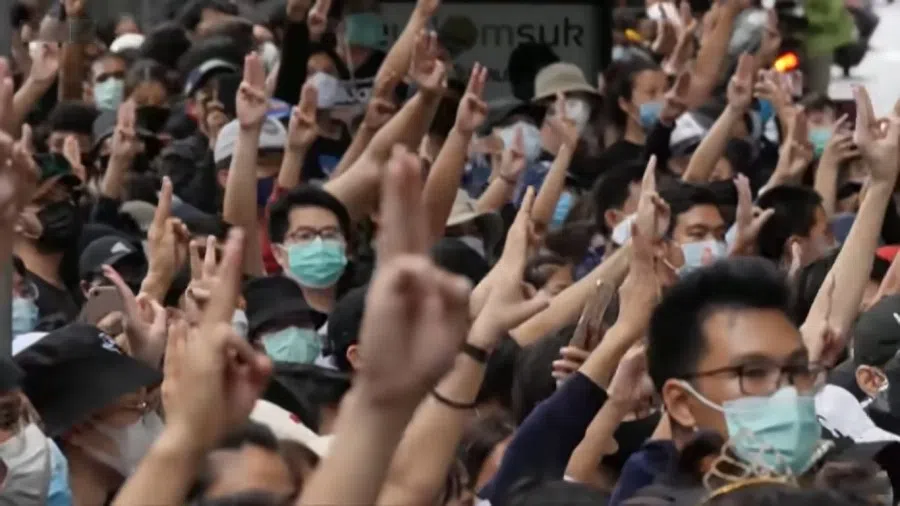
However, as China extols the virtues of inter-civilisation dialogue, cooperation and exchanges under the GCI, a shift in cultural paradigm is necessary and the Chinese government should recognise the heterogeneity of cultures and multiplicity of identities even amongst people of Chinese ethnicity.
The Milk Tea Alliance, including pro-democracy, anti-China youths from Hong Kong, Taiwan, Myanmar and Thailand, has demonstrated that perceived ethnic affinity does not guarantee popular identification with China's foreign policy.
At the government level, Singapore acts differently from China's ethnonationalist expectations despite having a predominantly ethnic Chinese population. Singapore's foreign policy decisions, including its support for the 2016 South China Sea arbitration ruling and American military presence in the region, are based on its national interests and not on cultural and ethnic affinity with China.
Whether China will live up to the GCI rhetoric, i.e., its acceptance of the multiplicity of identities and the heterogeneity of cultures, can be examined in Southeast Asia, with which China shares a long land border and which contains a substantial ethnic Chinese population.
For example, the Peranakan community in maritime Southeast Asia is a cultural product of inter-Asian civilisation. Also known as Straits-born Chinese in Malaysia and Singapore, the Peranakan Chinese descend from intermarriages between natives of the Nusantara region and the first waves of settlers from southern China.
The Peranakans embody a different kind of Chinese identity defined not by their ancestral home - supposedly China - but by the experience of Otherness in their host societies.
Contesting China's homogenising discourse of Chinese culture and language
This definition of Peranakans has come under increasing scrutiny in recent years, with scholars suggesting that it obscures the existence of Peranakan Malays and Peranakan Indians under Singapore's CMIO (Chinese, Malays, Indians, Others) ethnic framework. This apparent diversity of Peranakan identities eludes easy categorisation under the framework, pointing to the heterogeneity of Chinese-related cultures outside China which the GCI cannot account for.
The Peranakans embody a different kind of Chinese identity defined not by their ancestral home - supposedly China - but by the experience of Otherness in their host societies.
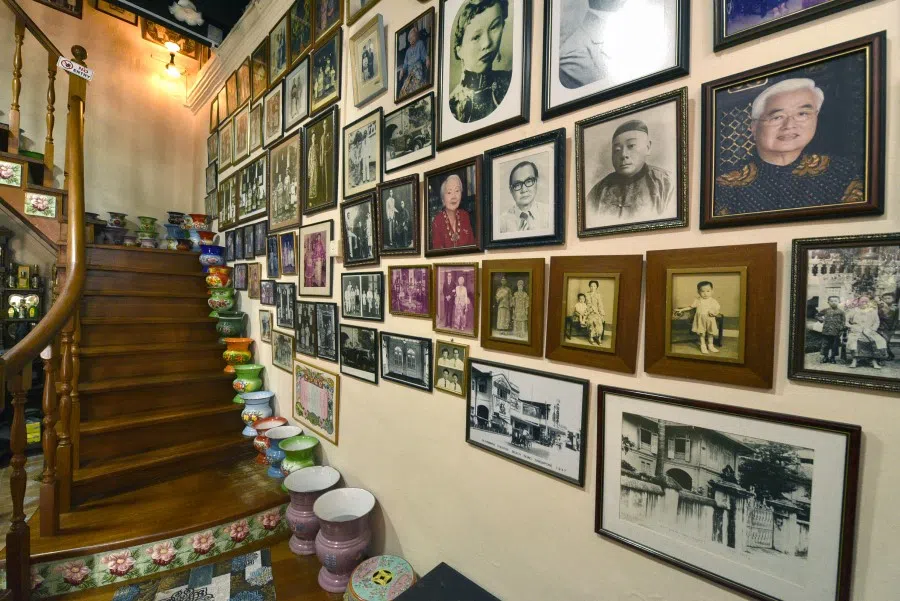
Critical scholarship has also contested China's homogenising discourse of Chinese culture and language. Sinophone studies, for instance, have emerged among Taiwanese scholars based in North American institutions to maintain the subjectivity of supposedly ethnic Chinese communities outside China with an emphasis on their heterogeneous practices of culture and language.
In their creative negotiations of culture, language, and identity, these Sinophone communities reject the political affiliation to China. They refuse the logic of Chinese ethnocentrism, de-essentialise Chinese culture and language, and, most importantly, recognise that the standard Sinitic language that we call Mandarin is not the lingua franca of many immigrants and their descendants from China. Chinese Singaporeans, for example, resist linguistic Mandarin features from China by consciously adopting English-Mandarin bilingual practices.
The plurality of Chinese languages cannot lead to a community of common destiny, even within Greater China.
BRI and the forming of hybrid Chinese communities
Communication between people whose ancestors come from different southern Chinese provinces and speak different topolects is a practice of creolisation, which combines varied cultural and linguistic expressions into creations such as Manglish in Malaysia and Singlish in Singapore. Closer to China, Hong Kongers retain Cantonese as an identity marker, and Taiwanese nativists fashion and indigenise their spoken version of the Hoklo language into "Taiwanese". The plurality of Chinese languages cannot lead to a community of common destiny, even within Greater China.
In inaugurating the GCI, Xi Jinping said that "a single flower does not make spring, while one hundred flowers in full blossom brings spring to the garden". Given the Chinese migration geographies drawn by the Belt and Road Initiative (BRI) and outward FDI, will the formation of hybrid Chinese communities be inevitable?
If this happens, will China continue to insist on an ethnonationalist definition of Chinese culture and identity reinforced by the myth of an imaginary motherland and a monolithic Chinese civilisation? It is hoped that the GCI will usher in a shift in the cultural paradigm of the Chinese state towards more diversity in the conception of culture and identity.
This article was first published in Fulcrum, ISEAS - Yusof Ishak Institute's blogsite.
Related: Growing China's soft power: Free debate and creative thinking are key | China and Chinese overseas: A softer soft policy needed? | China's soft power conundrum: The big divide | China's Confucianist path to soft power | China has a major soft power problem in Asia | Confucius Institutes accepted in SEA and embraced by Cambodia, unlike in the West
